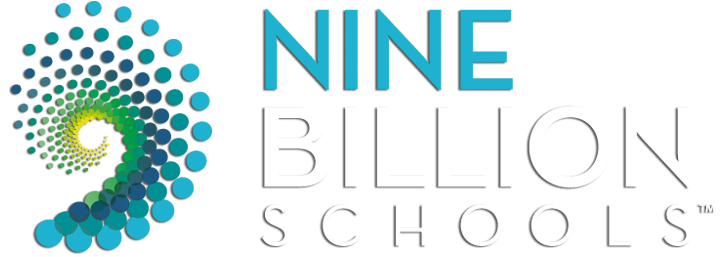Webinar Recap: Digital Learning Evolves to Meet the Future of Work
We are currently experiencing the fourth industrial revolution: an era marked by driverless cars, 3D printing and artificial intelligence. As a result of these technological advances, we’re seeing a significant shift in the labor pool. In fact, the US Bureau of Labor Statistics expects that by the time today’s kindergarteners are adult workers, robots will be responsible for nearly half (47 percent) of current US jobs (2013).
Both Michael Drezek, technology integrator and teacher leader for Lake Shore Central School District in Angola, NY, and Jaime Donally, instructional technologist, author and former math teacher, see the shift in labor as an opportunity to re-envision our approach to learning. They believe that we must find ways to work alongside our robot counterparts in ways they cannot; that our skills, developed through problem solving, creativity and curiosity, should transcend the capability of any machine.
But how?
That was the topic of Drezek and Donally’s recent webinar, “Digital Leaning Evolves to Meet the Future of Work.” In it, they discuss the means by which teachers, individuals and institutions can utilize technology to enhance the learning experience and take advantage of the ever-shifting labor market. Here are a few quick takeaways from their presentation:
Education is evolving—in practice and reach
Just within the next four years, we’re expected to see a $182 billion jump in the global augmented reality/virtual reality (AR/VR) market (2018). The emergence of these increasingly accessible gadgets and tools is opening doors—and perspectives—for students and teachers alike. And up-and-coming practices, such as the gamification of pedagogy, are helping put these tools to action in meaningful ways.
“Learning is no longer bound to the four walls of the school.”
“Immersive technology provides incredible opportunities for personalized learning and enables us to address the needs of all students.”
Donally believes that these apps and games are integral in engaging students and the workers of tomorrow—complementing the rise of the digital era through immersive, individualized learning experiences. With an emphasis on immersion and entertainment, gamification allows curriculum to come alive. AR and VR give students the opportunity to become a part of their learning in a very real and physical sense, while encouraging them to broaden their understanding of the world beyond their school walls.
Several AR/VR apps and tools, such as Merge Cubes and Time Trek, are already being used to create personalized education at scale.
Merge Cubes, for instance, use a combination of virtual and augmented reality to teach educational concepts—from weather patterns to the human anatomy—through interactive, hand-held holograms.
Similarly, in Chapter 9 of 9 Billion Schools: Why the World Needs Personalized, Lifelong Learning for All, contributor Matt Bledsoe discusses the location-based game Time Trek, in which students interact with the app—Pokémon Go-style—to learn about the history of Harpers Ferry National Historical Park. Rather than capture monsters, students can walk through the park and use AR technology to immerse themselves in the stories behind the park’s Civil War past.
“Looking forward requires growth and an unfixed mindset.”
Disruption requires support
Within the Lake Shore Central School District, Drezek has helped implement a technology-centered learning system inspired by a Future Ready Framework and the ISTE Standards for Students, Teachers & Coaches. This combination of philosophies considers the needs of individuals at each level of the education system and examines how they can use technology to influence positive interaction, collaboration and education.
The key to success? Sparking strong relationships with leaders and influencers across the school board, other teachers, and parents to build a collective buy-in and support system.
In part—for Lake Shore CSD—this means placing a special importance on personalized professional development (PD). For example, Lake Shore CSD recently developed a district-wide “Ed Camp” where educators choose from over 70 sessions/workshops to build knowledge, share learnings and discuss expertise with other teachers. With the success of the program, the school system is also looking at implementing a micro-credentialing program to further encourage continued learning among their teachers and leaders.
Learning is different for everyone
As AR and VR continue to disrupt the education space, Drezek stresses that there is no one right answer for moving forward with a technology-centered approach; school systems and teachers must understand that learning looks different for everyone. Just like learning, there is no “one size fits all” solution. Using these tools, institutions should customize their approach from student-to-student and become aware of the importance of personalizing education to create life-long, life-wide, and life-deep (L3) learning.






